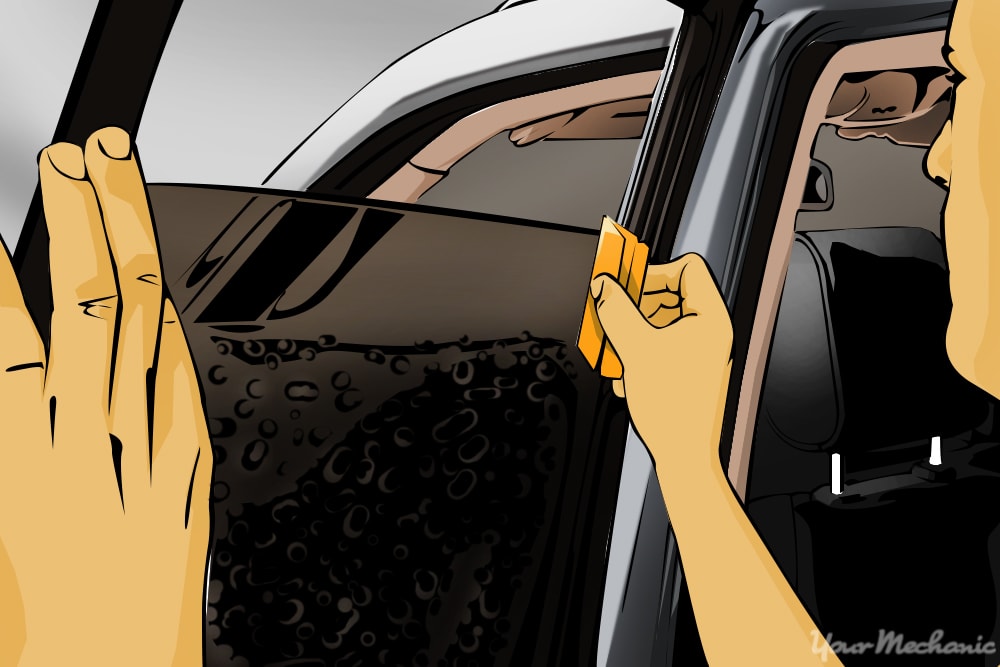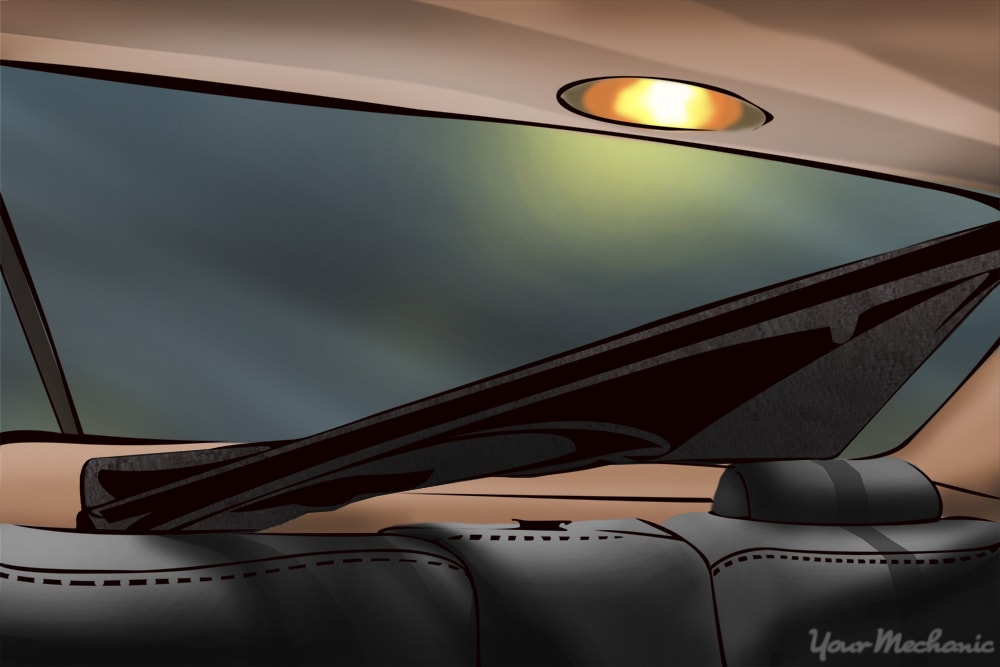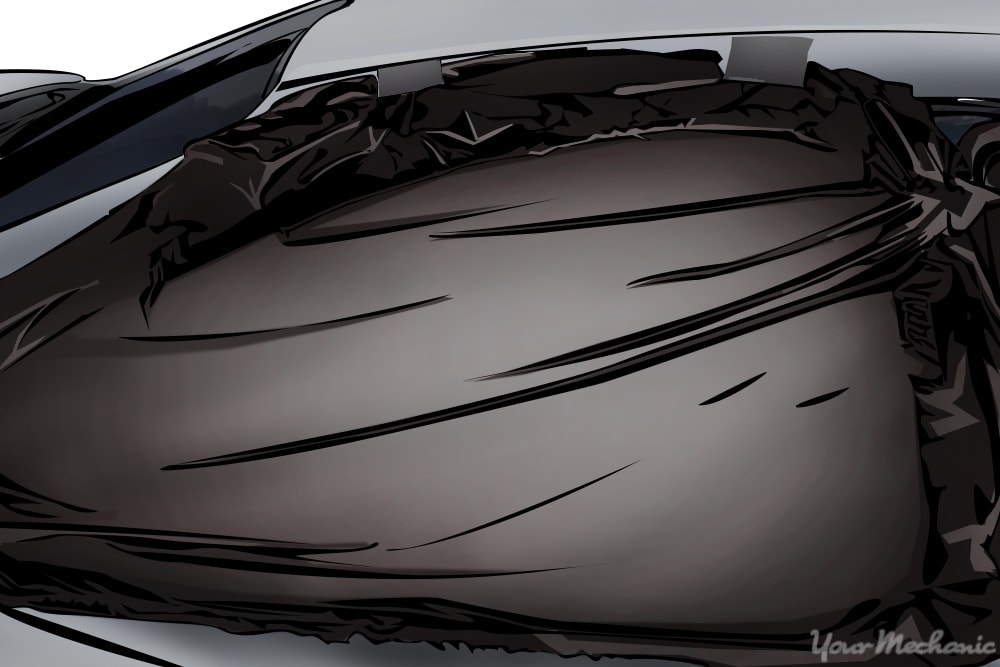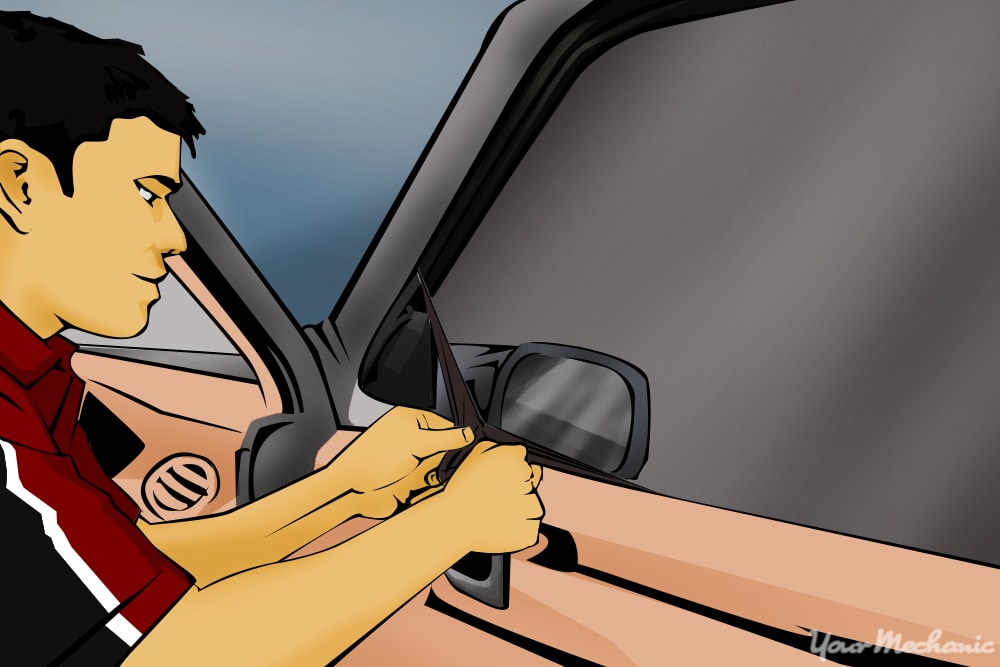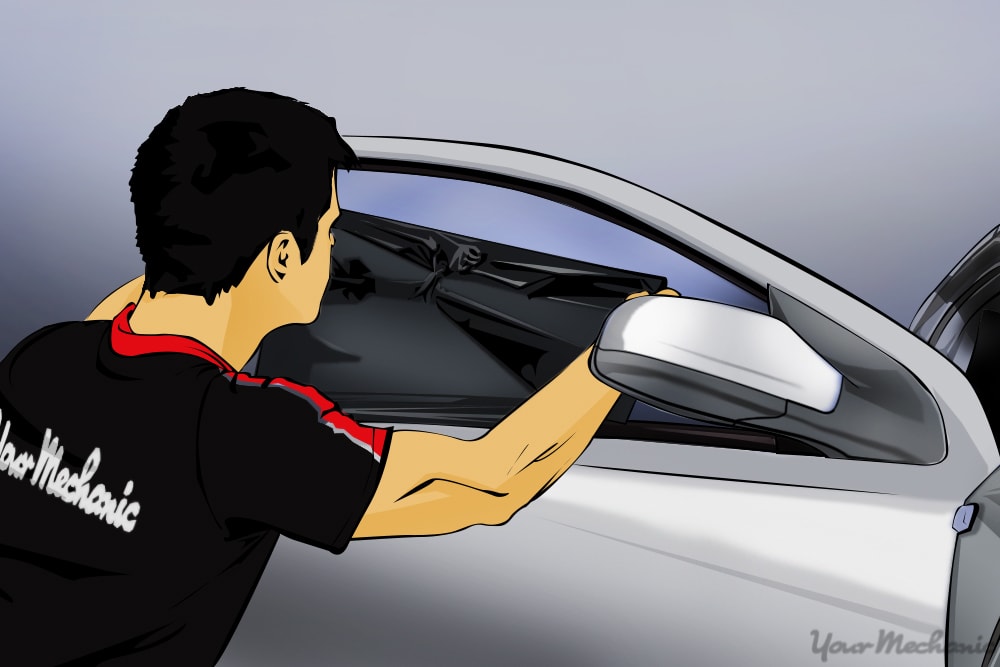

Tinted windows on a car are a great way to improve its look, and they help keep both the sun and the prying eyes of other drivers and potential thieves out of your vehicle.
Window tinting is a pretty simple process. A transparent, very thin sheet of film is applied to the windows of a vehicle. Tinting comes in a variety of thicknesses and degree of tinting. Thicknesses range from 0.001 to 0.004 inches and there are a number of different adhesives to apply the tinting to the windows.
Window tinting can be a do-it-yourself project, but it requires serious attention to detail and patience. In most cases, using a professional is the best option, but, unfortunately, not every professional is as skilled as he or she should be, which can lead to a sub-par tinting job that needs to be fixed.
Window tinting can go bad if not properly applied. It can peel, or bubble, which not only looks awful but also prevents it from doing its job. It is possible to repair a bad tint job yourself, if necessary.
- Warning: There are state and city ordinances that pertain to tinting so make sure you are within the laws before applying or repairing a window tint.
Follow these instructions to fix the most common issues with window tinting.
Part 1 of 3: Fix a bad window tint job
Materials Needed
- Hair dryer
- Safety pin
- Spray bottle
- Straight edge
Step 1: Check on the warranty: If you paid a professional to apply the tinting and it is still under warranty, call them and ask for it to be repaired or replaced entirely.
Step 2: Decide on a repair. If you applied the tint yourself or it is out of warranty, decide if you want to repair it yourself or hire a professional.
Step 3: Wait for a sunny, warm day. Window tinting is easier to work with and the adhesive is more pliable when it is a sunny day and the temperature is at least 75 degrees.
Tip: Let the car sit outside for a couple of hours in the sun before starting your work.
Tip: If you can’t wait for a sunny day, a hair dryer will also do the job.
Step 3: Apply water to the window. Once the window is heated up, use a spray bottle to apply a fine mist of water to the window tint. The cold water interacting with the hot window will loosen the adhesive, making it easier to get the air bubbles out.
Step 4: Remove air bubbles. There are a couple of different ways to remove air bubbles:
Use a credit card or other straight edge device to push the air bubbles to the edge of the tinting which will release the air.
Pop the air bubbles with a safety pin, making very tiny holes and taking care to not rip or tear the tinting. Pop every bubble on the tinting.
The tint should close up the tiny hole after the air has escaped. Smooth out the tinting using a straight edge or credit card. Hold it at a 45-degree angle and use long strokes with medium pressure to smooth out any remaining bubbles.
Note: If the tinting dries before you pop them all, re-apply a fine misting of water.
Warning: Be careful not to rip or tear the tinting as you are using the safety pin or smoothing with the credit card.
Part 2 of 3: Fix tearing window tint
Repairing peeling tint is a little more complicated as you will need to remove the peeling section and install a new section of tinting.
Step 1: Determine an area to remove. Carefully mark out a square around the damaged and peeling tinting. Be sure it includes all of the peeling area.
Step 2: Cut the peeling area: Use a razor blade to cut the perimeter of your marked area.
Step 3: Lift the corner of cut section. Carefully lift a corner of the tinting of the cutout section, being careful to not rip or tear the undamaged tinting on the window.
- Note: Window tinting sheets have two layers so be sure your razor blade goes through both down to the glass.
Step 4: Apply water to peeling section. Use a spray bottle to apply a fine mist of distilled water to the section to be removed. This will help loosen the tinting.
Step 5: Remove the tinting film. Remove the cutout section, using the razor blade to loosen any difficult sections.
Step 6: Clean the window. Clean the section where the tinting has been removed, making sure to get all of the remaining glue or adhesive off of the window.
Step 7: Cut a section of new tinting film. You should cut out a section of new tinting film that is roughly 1 inch larger on all sides than the square.
Step 8: Wet the window. Wet the window using the spray bottle with distilled water.
Step 9: Apply new tinting. Apply the new tinting per the manufacturer's instructions, pressing the film onto the glass and clearing any bubbles that form.
Step 10: Cut through old and new tinting. Use a straightedge to guide your razor blade to cut through both the old and new tinting where it overlaps on the edges of the square you cut out. Repeat this process on the other three sides.
Step 11: Pull out old tint. As you hold the new tinting in place, pull out the sections of the old tint that have been cut and press the new tint into place; it should fit in correctly.
- Tip: Use the straightedge to remove any air bubbles that have formed.
Part 3 of 3: Remove damaged tinting
If the damage is too severe and you have decided the best course of action is to remove the tinting completely and start over, follow these directions to completely remove the tinting.
Step 1: Cover the window with a garbage bag. Cut a black garbage bag to the size of the window you are clearing, spray the outside of the window with water and put the bag over the window; the water will make it stick to the window.
Step 2: Spray the inside of the window liberally with ammonia. Let the car sit for about an hour in the sun.
- Warning: Since you are spraying the inside of the window with ammonia, make sure that any section of the car, floors, seats, or back window deck are covered with a towel or tarp.
Step 3: Peel the tinting off the window. Use a razor blade to get the edge of the tint started. Peel it carefully and pull the tinting off of the entire window.
Tip: If the tinting is not coming off, reapply the ammonia and wait an additional 30 minutes.
Warning: Because window tinting has two layers, trying to simply peel it off will leave a mess as the top layer will usually come off easily, leaving the second layer on the window to flake off, taking hours to remove. Softening the adhesive first will help both layers come off at the same time.
Step 4: Clean the window. Once the tinting is off, thoroughly clean the window. Repeat the process for the rest of the windows.
Window tinting is a great addition to any vehicle, but repairing it takes patience and a steady hand. Often, window tinting can result in an undesirable look, whether from tearing, peeling, or bubbles and needs to be repaired, but if done correctly, adding window tints is an improvement to your car. If you are having any other general issues with your windows, YourMechanic’s certified professionals can perform an inspection to diagnose the problem.



